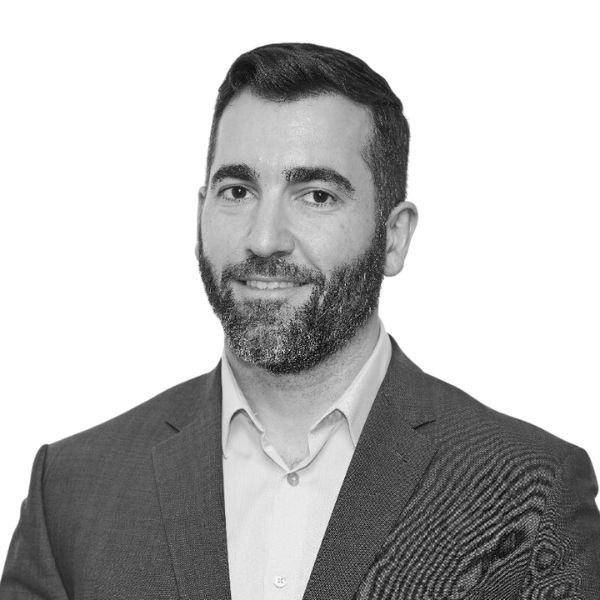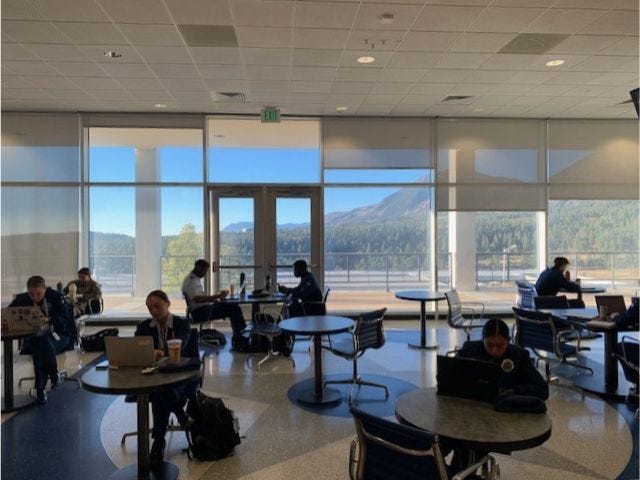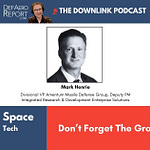This week’s episode is coming from the Space Information and Sharing Analysis Center’s Value of Space Summit in Colorado Springs, Colorado. It explores the future threats commercial and government actors need to prepare for when the at least half-dozen human-rated commercial space stations become operational in the next decade. Laura Winter is joined by Jason Aspiotis, Director, In-Space Infrastructure & Logistics, Axiom Space; and Samuel Visner, the just named Space-ISAC Board Chair and Fellow at The Aerospace Corporation.
Last week I was in Colorado Springs, Colorado. First I spent the day at the U.S. Air Force Academy listening to Space Force and Air Force Cadets and their dedicated instructors about some of the great things they are learning, doing, accomplishing, and launching. The rest of the week was devoted to the Value of Space Summit, which was organized and hosted by the Space Information Sharing and Analysis Center, or Space-ISAC.
At the event, I moderated the panel titled “Critical Challenges to Protecting Human Habitats on Orbit, on The Moon, and Beyond”, which included Axiom Space’s Jason Aspiotis and the Space-ISAC’s just named Board Chair Sam Visner, who some listeners will remember from prior episodes about cybersecurity and space assets.
Axiom Space has flown two private astronaut missions to the International Space Station - AX-1 and AX-2 - and plans two more next year - AX-3 and AX-4. The company, together with NASA and Thales Alenia Space, is currently constructing Hab 1, the first section of its commercial space station, called Axiom Station. The company plans to launch Hab 1 in 2026. More sections will quickly follow with the intent of having a fully operational inhabited commercial space station when the International Space Station is decommissioned at the end of this decade. In space terms, that’s tomorrow!
I apologize for the episode’s sound quality. The recording provided to me by the Space-ISAC is admittedly quite rough, but nevertheless I’m sure you will enjoy the conversation and find that it asks more questions about the security of in-space human habitats than it answers.
Who’s in this episode


Jason Aspiotis - Director, In-Space Infrastructure & Logistics, Axiom Space
Samuel Visner - Board Chair, Space-ISAC; and Technical Fellow, The Aerospace Corporation
Last words
This is a complete side-note, but I can’t help but share my impression that the entire U.S. Air Force Academy campus - not just the location, but the positioning of the academic and housing facilities; the architecture; the places where cadets gather or dine - is designed to deeply, perhaps subconsciously, inspire all to look out and up.
The architecture firm Skidmore, Owings & Merrill unveiled the design in 1955 and Cadets moved in in 1958. This is just my very humble opinion, but I think there was a bit of jealousy when Frank Lloyd Wright, whose design lost the Academy contract competition, called SOM’s campus design “a glassified box on stilts.”
Today’s Cadets and their instructors are full of enthusiasm and give the gift of inspiration for what is possible in space and the defense of space assets under the flag of the U.S. and its Allies and Partner Nations.
If you have the opportunity to visit, you should.
Ad Astra,
Laura














